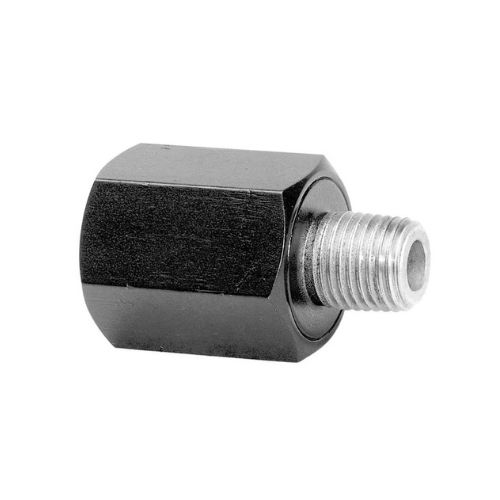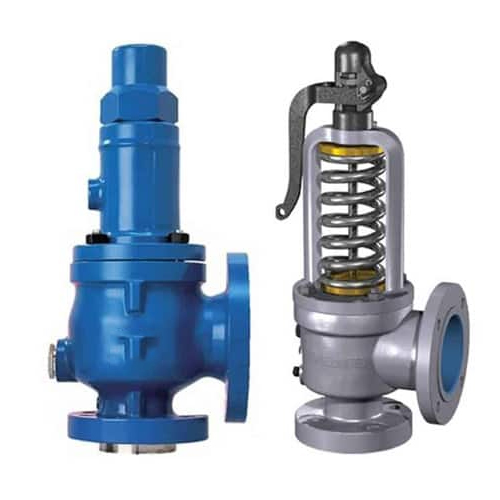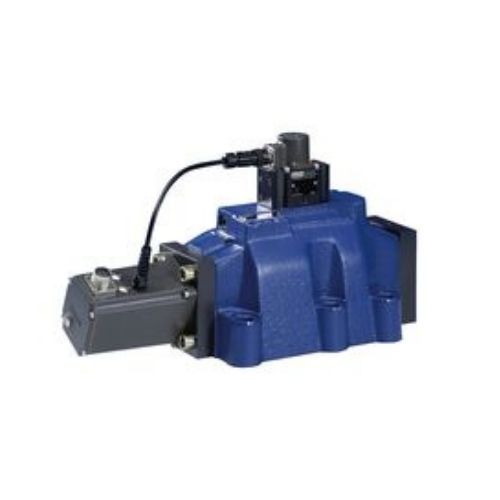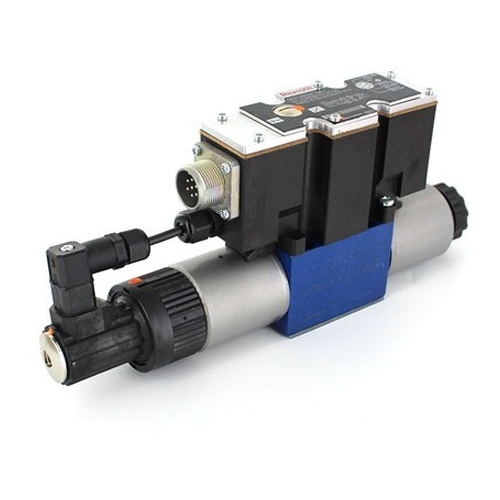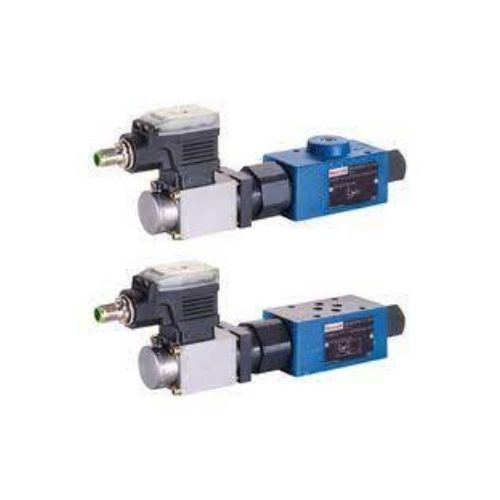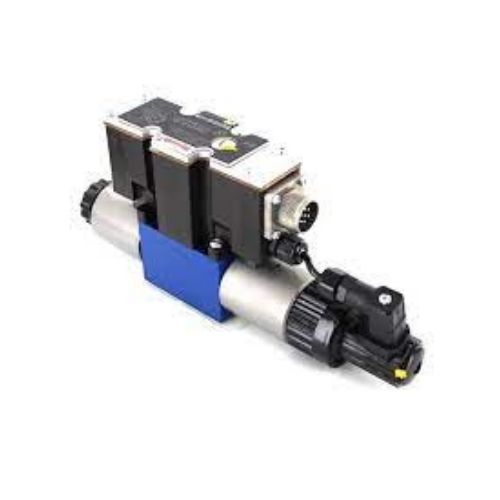Directional Control Valves Dealers
Quality Directional control valves Suppliers are hard to reach by these days. You're on the right track.
The advantages and disadvantages of Directional control valves are discussed in this piece.
Directional control valves
The directional valve is used to control the direction of fluid flow. These Fluids can be either liquids or gases. They are crucial components of hydraulic and pneumatic devices. Hydraulic water, oil, and air can flow through one or more origins through a variety of pathways. Through valve ports, gases or liquids move in varied directions and allow entry into or out of sources or components. Because liquids exert an enormous pressure, gas directional control valves are often made of aluminum, making them stronger and lighter. The valves govern the direction of flow in a hydraulic circuit, managing the movement and stoppage of the machinery.
The valves can also be physically driven by a handle or shaft, hydraulically or pneumatically. Manual adjustment is required to set each valve at the proper time. The internal components of a hydraulic or pneumatic device are adjusted to control fluid flow. It controls liquid motion by opening and closing openings on the actuator's ports. Many industries can use directional control valves, such as chemical processing, paper mills, oil, and gas processing. These valves can be designed to work with a particular type of liquid or gas. The quarter-turn valve is the most popular type of directional valve.
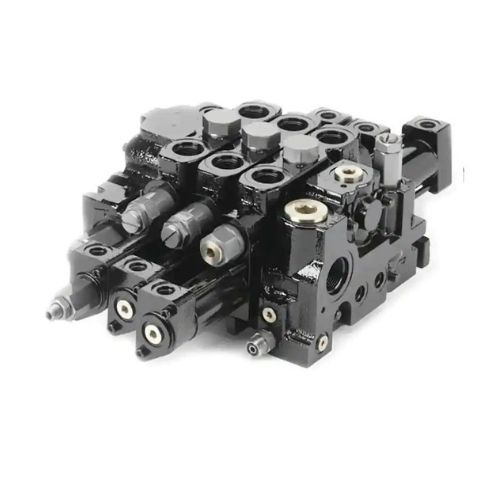
Note:G.S. Hydraulics is the best Directional control valve Supplier. We sell these Directional control valves at the lowest price.
Hydraulic directional control valve
This hydraulic directional control valve can handle significant flow rates and high pressure. The initiation, cessation, and subsequent modification of fluid flow in a hydraulic system are all possible with directional control valves. Controlling flow direction is the primary function of a directional control valve in hydraulic systems. You can operate the valve with a remote control or a system. The hydraulic directional control valve is a part of a hydraulic system used to control hydraulic fluid flow. This valve can handle high flow rates and pressures and is often used in hydraulic systems that require a lot of pressure.
These valves are excellent for various functions due to their design and construction. It is made from stainless steel and can be used in multiple industrial applications. They can control the liquid motion inside an electrical circuit. A spool that rotates a ball serves as the inner central controller of a directional control valve. An electrically or manually operated spool in the cylinder makes up a directionally controlled valve. Whether or not the fluid can flow through the tunnel depends on where the spool is positioned. This valve is compatible with all hydraulic systems, including factory machinery, mining equipment, and construction equipment. This valve controls the flow of fluids like oil, water, or gas.
The function of the directional control valve
A directional control valve is required to regulate liquid and gas flow. It is constructed from durable textiles and has a robust construction. This valve can be fitted in any orientation and includes any piping system. The directional control valve can regulate gas or water flow depending on the type. The directional control valve has a durable construction and is built to last. A directional control valve's purpose is to direct fluid flow in a particular direction.
Directional control valves can be used to control fluid flow within a plan. The check valve is the most popular type of directional valve. It allows fluid to flow only in one direction. There are also relief valves that relieve pressure from a system and regulator valves that control fluid flow in the system. Control valve regulate the flow of liquid within a system. The flow is stopped when the liquid pressure drops below zero.
Directional Control Valve Types
There are all directional control valves: globes, butterflies, pinches, needles, balls, and plugs. Depending on the type of valve, a piston or another element allows fluid to flow through it until it is closed or opened.
Also Read: Pressure Valves Suppliers and Dealers
Hydraulic Valve
Hydraulic ball valves are used to control pressure and flow in hydraulic systems. They close a line completely, redirect pressurized fluid, or control the supply volume to a specific area. Fluid flow is controlled via hydraulic ball valves. Fluid flow can be controlled by opening and closing the ball. It's employed in various industrial settings, including power and water treatment plants. These valves, which come in various designs, can be controlled manually or automatically. They are employed in different applications and provide a low-cost solution. The valves are adjusted to accommodate a wide range of flow rates and pressures with minimum impact on pressure and flow stability. This valve can resist high and low pressures, making it appropriate for diverse applications. This premium hydraulic ball valve has a long service life. This valve is adaptable and simple to install. It is used to manage your home's water flow or maintain fluid pressure in an industrial setting. Hydraulic valves must be able to withstand high levels of fluid pressure. Because of this, they are typically built of steel, iron, or other strong metals that can withstand continuous operation under pressure.
Pressure Relief Valve
The pressure relief valve is used to protect the pressurized system or vessel. It is excellent for stopping leaks and pipe overpressurization. A Pressure Valve's principal objective is to reduce pressure. Gas cannot pass back through the valve because of an integrated check valve. The purpose of a valve is to protect any property by releasing fluid from an over-pressurized vessel. Cast iron is used to make the valve strong and durable. Modern fabrics and technology are employed in the valve's construction. Today, many pneumatic, electrical, and hydraulic technologies are utilized to manage fluid systems' pressure, temperature, and flow.
Note:G.S. Hydraulics is the best Directional Control Valves Dealers.
Spring-loaded Spring Valve
A spring-loaded spring valve can be released by the centrifugal force of the hydraulic system pressure when it exceeds a certain amount of surface force (roughly 0.1 to 1mmH2O). A DCV may have multiple adjustable positions. One position is set at a higher level than the others.
A sensor is attached to the controlling equipment. It could be a motor or hydraulic pump. This sensor provides information to the DCV. The controlling equipment senses an input pressure to determine the desired output pressure.
Why Choose Gs Hydraulic?
Are you searching for the most reliable Supplier of directional control valves and dealers? Go to GS Hydraulic! Gs hydraulic is the leading Directional control valve Suppliers and Dealers in Mumbai, Maharashtra, India. They offer a broad range of products within their portfolio, including directional valve fittings, connecting pipes, and other accessories. Gs Hydraulic deals and sells valves for various industries like petroleum, chemical, petrochemical power generation, and chemical industry. We are one of the top Suppliers and distributors of premium Directional control valves that we export to customers all over the globe.
They serve industrial customers in the United States and foreign customers. Gs hydraulic is the leading Supplier of directionally controlled valves around the world. With more than 20 years of experience in the business, We are your top for all your hydraulic requirements. Gs hydraulic is an ISO 14001 certified company that offers many different products manufactured at their plant in India. Gs hydraulic has been in operation for more than 30 years. The company is headquartered in New Delhi, India, and has branches across Mumbai, Hyderabad, Bengaluru, Nagpur, and other places. Hence, We are the best Directional control valves Supplier.

